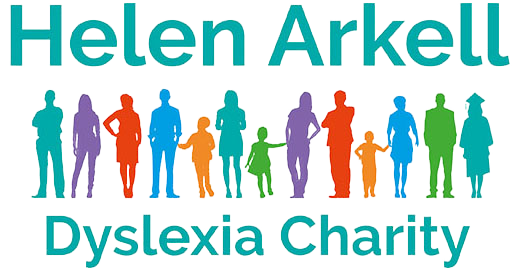Ten tips for creating a dyslexia-friendly classroom
- Speak slowly, giving time to process the information
- Speak in simple sentences
- Use signal words – ‘I need you to remember …’
- Allow thinking time before requiring an answer
- Provide visual support
- Symbols
- Pictures
- Diagrams
- Mind maps
- Avoid rote-learning
- Teach reasoning skills
- Use memory hooks like pictures or stories
- Consider seating
- Seat near the teacher
- Use buddies to support with reading or writing
- Ensure clear sight of the white board
- Break tasks into manageable chunks
- Use a visual task card
- Check in with the learner regularly
- Allow additional time to complete tasks
- Pre-teach texts or topic content
- Think about homework tasks too
- Be realistic about expectations
- Teach planning and organisation skills
- Use mind maps
- Explicitly teach paragraph structures
- Use writing frames and graphic organisers
- Make use of desk-top aids and assistive technology
- Alphabet strips
- Word banks
- Addition and multiplication grids
- iPads or laptops for extended writing
- Touch-typing training [link to courses > children]
- Text-to-speech or speech-to-text software
- Mark for content
- Focus on content rather than spelling
- Mark spelling in line with current phonic/sight word knowledge
- Support self-esteem
- Encourage and celebrate strengths in other curricular and non-curricular areas
- Watch for signs of anxiety and fatigue
- Set realistic targets





